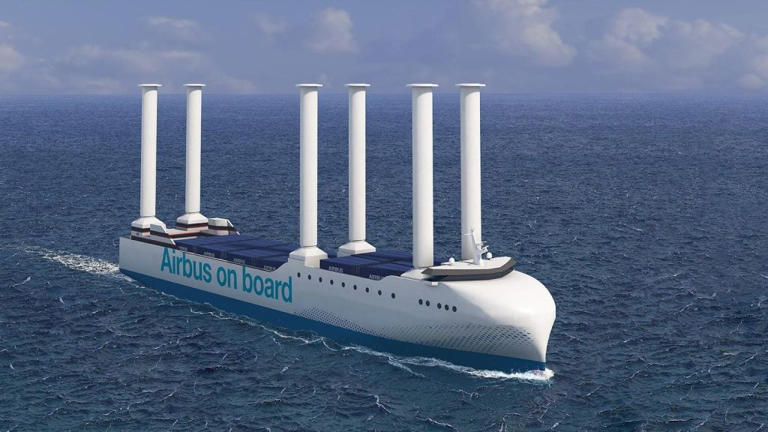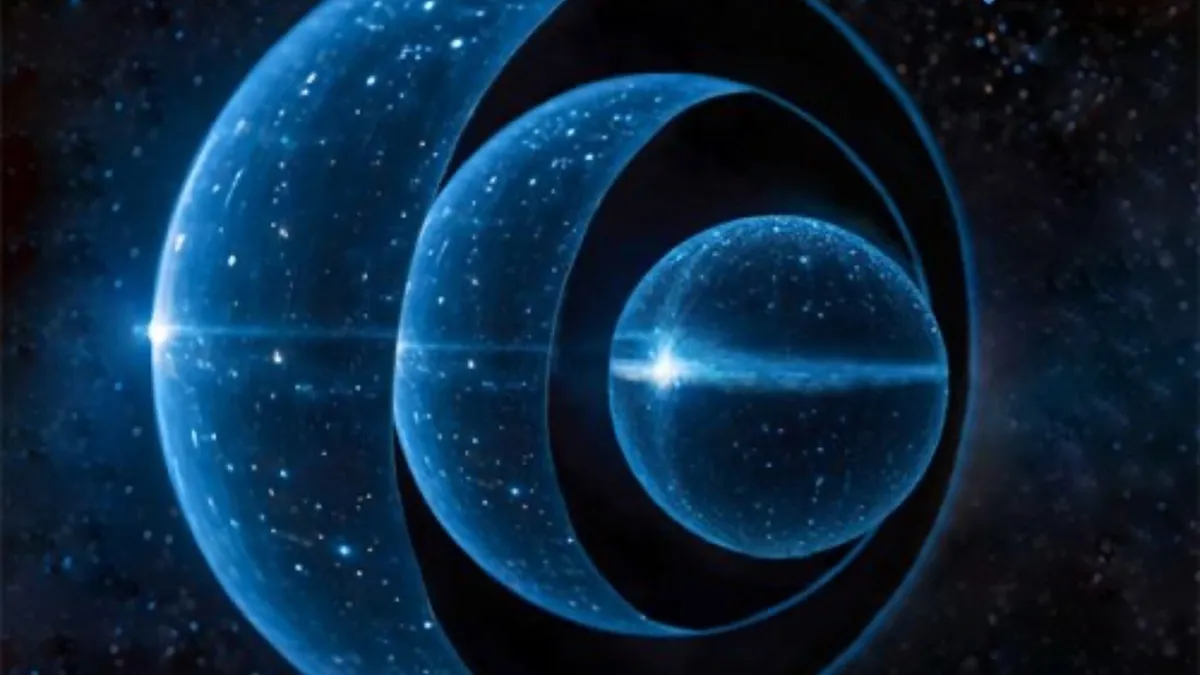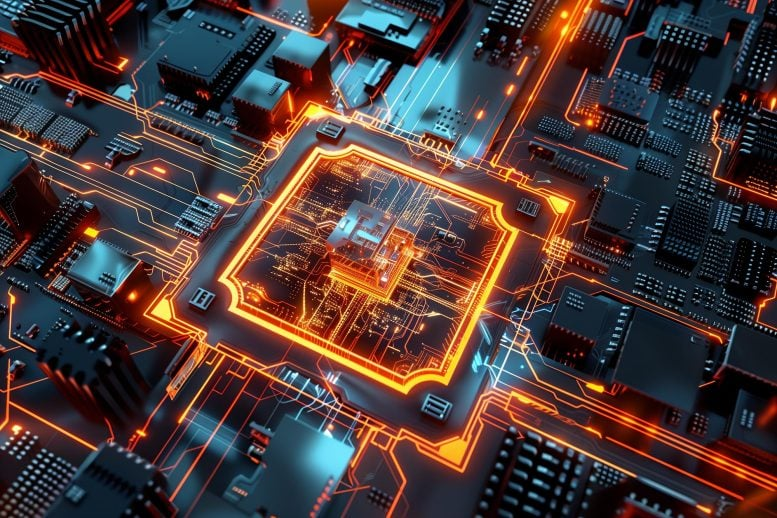"The new edge caching optimization method, called D-REC, makes use of a computational modeling technique called a digital twin. A digital twin is a virtual model of a real object. In the case of D-REC, the digital twin is a virtual model of a defined wireless network – whether that’s a cellular network or a Wi-Fi network." (ScitechDaily, New Method Improves Wireless Network Speed and Reliability)
“The method can be applied to any wireless network, depending on the system administrator or network operator’s needs,” says Liu. “D-REC can be adjusted depending on the needs of the user.” (ScitechDaily, New Method Improves Wireless Network Speed and Reliability)
"In D-REC, the digital twin takes real-time data from the wireless network and uses it to conduct simulations to predict which data are most likely to be requested by users. These predictions are then sent back to the network to inform the network’s edge caching decisions. Because the simulations are performed by a computer that is outside of the network, this does not slow down network performance." (ScitechDaily, New Method Improves Wireless Network Speed and Reliability)
One of the most interesting things that the data storage and transmitting technology is to use the digital twin to simulate the system and its capacity. The digital twin is a complex simulation whose effectiveness depends on the variables that the system can use. The system can calculate its capacity using digital twins. The digital twin also can help to see, if somebody tries to steal information.
The system can use multiple complex models to uncover attacks. The system can use the digital twin of the environment. And see if the data travels in dangerous routes. This thing is effective if the data transmitters use coherent maser- or laser-based communication. If somebody puts a sensor in a laser or maser ray, that can be a coherent radio wave. That affects the strength of the beam.
The system calculates how powerful the received signal's strength should be. And then. It compiles that data to the real strength of the received signals. If there are remarkable differences, the system can doubt that something is not right. Then it can choose the other receiver. In that kind of system, the transmitter's power can be one value, which improves security. The transmitting power gives a new dimension to the encryption. It can used as one value for the encryption algorithm. If the power of the received signal is wrong, the receiving system cannot get the right value for the decryption key.
This means that if the transmitting power is 340 W, the receiver gets a value of 340 for the decryption algorithm. Or the router routes the message to gate 340.
There a receiving computer knows the right decryption key. The receiving system cannot match the decryption key. If the gate is wrong. And cannot open the message. This thing increases the physical key to the information.
And, if somebody tries to steal information from data cables, that decreases the power of the transmission. The system can give a warning. If the transmission values are not. What they should be. If somebody wants to eavesdrop on laser or coherent radio waves, the eavesdropper must put the sensor in the laser or maser beam.
And that's why the system can see if there are some points where the operator can make that thing. That kind of system can transmit information to the data tower or other receivers with high accuracy. The digital twin can see things like particles and weather and calculate their effect on communication.
Things like structured light, multichannel transmissions, and quantum encryption are tools that should make data transmissions more secure and faster. The system can use multiple channels and frequencies to transmit information.
In the new types of radio-based communication, the system can share data to multiple frequencies. The system shares data packages between multiple frequencies. And then sends them at the same time. Then receiving system knows how to collect that information from the pieces using the serial numbers. Those serial numbers can contain the serial numbers of the message and their position in the message.
"Structured light technology, enhanced by spatial dimensions and machine intelligence, boosts information transmission and detection. Researchers have achieved significant advancements in data encoding and transmission, using spatial nonlinear conversion to maintain low error rates and high accuracy under challenging conditions. Credit: Zilong Zhang, Wei He, Suyi Zhao, Yuan Gao, Xin Wang, Xiaotian Li, Yuqi Wang, Yunfei Ma, Yetong Hu, Yijie Shen, Changming Zhao" (ScitechDaily, How Structured Light and AI Are Shaping the Future of Communication)In standard laser communication, the system switches the laser on and off. When the laser is on, the value is 1. And when the laser is off the value is 0. And that is a standard way to use laser in binary communication.
Structured light is the way to manipulate light. The system can also use other ways to benefit light than just switching lasers on and off. The structured light also makes it possible to benefit things like the depth of the surface and the point of the surface to transmit information.
"Structured light is the process of projecting a known pattern (often grids or horizontal bars) onto a scene. The way that these deform when striking surfaces allows vision systems to calculate the depth and surface information of the objects in the scene, as used in structured light 3D scanners."
The system can be more effective. If a laser can use two or more receiver points on the surface. When the laser system switches the point, where it transmits information, it must not switch on and off.
Point 1 has a value of 0, and point 2 has a value of 1. The mirror can switch the point where it aims the laser ray. And that makes the system faster and more secure. The system can also benefit the depth or distance of the layer.
The idea of those new communication systems is that they involve a physical part of the message. Things like the distance between the transmitter and receiver and the point. Where information comes from can mean something to the system. If the distance between the receiver and transmitter is wrong, the system might not open the message. The idea is that the part of the security algorithm is the physical distance between the receiver and the transmitter.
https://scitechdaily.com/how-structured-light-and-ai-are-shaping-the-future-of-communication/
https://scitechdaily.com/new-method-improves-wireless-network-speed-and-reliability/






































